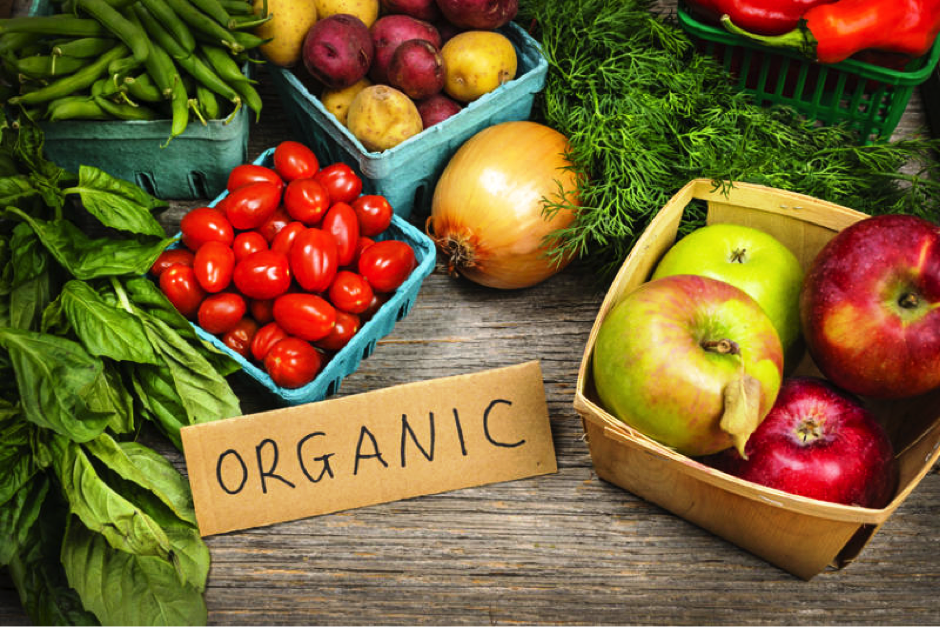The developing ubiquity of natural foods has made more prominent interest for natural produce and meats – individuals are gradually yet clearly perceiving the drawn out advantages of expending food that is delivered or developed without the utilization of any fake increases. While different organizations and neighborhood makers the same are dashing to meet the developing hunger for natural foods, there is an appropriate inquiry that looms over our heads – Is the food we are buying extremely natural?
It isn’t extraordinary for producers to utilize unjustifiable practices and pull off provisos in food naming standards. There could likewise be chances that as buyers, we may botch common or unfenced foods to be natural. There is an overall development to convince administrators to constrain GMO foods to put GMO names on their food and straightforwardly proclaim how it was developed, so all different foods without such marks is normally thought to be natural. So as to defend ourselves from conscientious practices and buy just real natural foods, here are a couple of steps and precautionary measures to be taken.
1. Understanding natural foods:
To genuinely comprehend what you are devouring is natural, one needs to totally comprehend what natural foods truly are. Natural food can be characterized as produce got from natural cultivating rehearses, without the utilization of any substance or engineered added substances, remembering the objective of manageability, wellbeing and security of the earth, the food and the buyers of such food. The regular confusion if there should be an occurrence of natural foods is the free use of the term natural to allude to common or unfenced foods. Regular foods and unfenced foods are not equivalent to natural foods. Common foods or fixings allude to those foods that have experienced negligible handling, with no assurance to its development techniques and engineered added substances. Unfenced alludes principally to creature cultivation where the creatures are permitted to meander openly outside, rather than being encased inside tightened spaces for twenty-four hours every day.
2. Peruse the marks and through!:
While marks offer essential data with regards to fixings, food handling and so forth, it is imperative to make it a training to experience not simply the striking headings imprinted on the name, yet additionally on the fine print. It is legally necessary for producers to plainly mark foods for what they are, natural or not. At the point when you go over an item that says ‘Natural’ or ‘Ensured Organic’, this could mean different things – the item is 100% natural, the handled food is made with natural fixings, or the prepared food comprises of under 95% of natural fixings. The key is to examine the names and ensure that what you are purchasing is 100% natural or is made utilizing 100% natural fixings.
3. Search for confirmation/credibility marks:
Indian-made natural foods or natural produce conveys a validation imprint or affirmation mark called India Organic – this imprint is a marker of the produce or the food item adjusting to the National Standards for Organic Products actualized by the Government of India through the National Program for Organic Production (NPOP). This accreditation mark is perceived by a few nations over the globe.
4. Look out for PLUs:
Commonly, Price Look-Up codes or PLUs convey pointers of whether the food item is natural or not. In a few nations, a natural food thing is distinguished utilizing the PLU code – if the code starts with the digit 9, it is supposed to be natural, in view of the code characterization. While this is definitely not a typical practice in India, it is ideal to explore on value codes at your customary market to see how they recognize natural produce.
Natural foods convey with them different medical advantages and ecological advantages – the key is to distinguish those that are valid. While it is anything but difficult to get deluded by depending on marks alone, it isn’t too difficult to even think about keeping oneself prepared of the various approaches to distinguish certifiable natural foods from the false or wrongly named ones.







